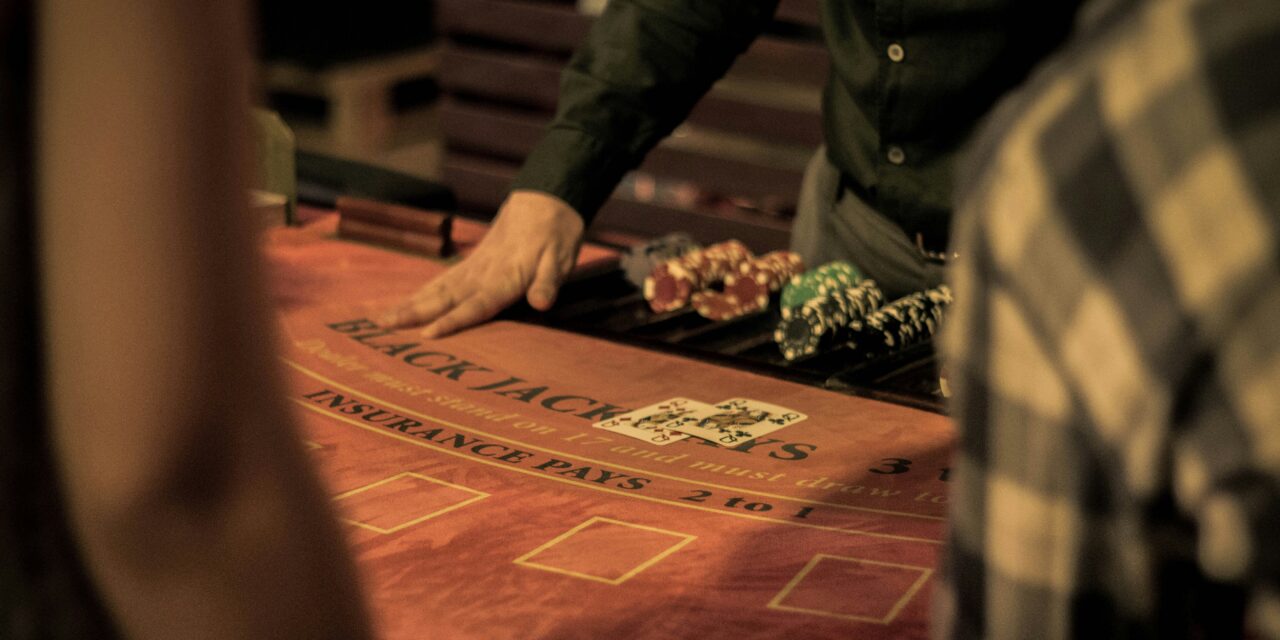Blackjack may seem like just another staple in the casino landscape, but its rise to prominence tells a story of transformation, strategy, and mass appeal. Once a niche European game, blackjack evolved through centuries of cultural adoption, technological refinement, and strategic innovation. Today, it’s not just a game of chance; it’s a dynamic experience shaped by mathematics and media.
This article explores how blackjack journeyed from French parlors to digital platforms, captivating American audiences along the way. From historical milestones to the emergence of the blackjack board and the digital revolution, we’ll trace the steps that turned this classic card game into a national favorite.
From European Roots to American Casino Floors
Blackjack’s origins can be traced to 17th-century France, where a game called “Vingt-et-un” (twenty-one) gained favor among the aristocracy. Spain had a parallel version known as “Thirty-one,” highlighting an early European fascination with reaching optimal point totals. These games crossed the Atlantic with French and Spanish settlers, arriving in Louisiana in the 1800s
American gaming houses soon adapted the rules, adding an enticing bonus: a 10:1 payout for drawing an Ace of Spades and a black Jack. Although the bonus was short-lived, the name ‘blackjack’ endured, and the game gradually gained popularity in the United States, especially in New Orleans. What began as a simple variation quickly cemented itself as a fixture in American casinos.
Strategic Play Becomes the Main Attraction
What distinguishes blackjack from many other casino games is its blend of luck and calculated decision-making. Players aren’t merely at the mercy of the cards—they influence outcomes with strategy. This aspect came into sharp focus in the mid-20th century when players and mathematicians began exploring probabilistic methods to gain an edge. Edward Thorp’s 1962 publication, Beat the Dealer, introduced the revolutionary idea of card counting and laid out a foundational strategy chart.
This transformed blackjack from a casual pastime into a cerebral challenge. Soon, serious players armed with the “blackjack board” could make mathematically sound decisions at every turn. As strategy met accessibility, the game’s popularity soared. The board helped even beginners feel like pros, allowing them to compete on a more level playing field.
How the Blackjack Board Changed the Game
The blackjack board, essentially a decision-making chart, became a powerful ally for players looking to reduce the house edge. Derived from statistical analysis, it showed the best moves based on a player’s hand and the dealer’s visible card. By the 1980s, some Las Vegas casinos were actively trying to limit its use. Why? Because even without card counting, a consistent strategy could drop the house edge below 0.5%.
While not illegal, the use of such tools was frowned upon in high-stakes environments. Still, the board remained a beloved educational tool. As players trained with it, they developed instincts for optimal play. This combination of discipline and data gave blackjack an appeal that few other games could match. New players could gain confidence quickly, making the game more accessible.
Casinos and the Rise of Blackjack’s Popularity
Casinos played a pivotal role in promoting blackjack to the mainstream. One illustrative case occurred in 2005 when a mid-sized Las Vegas casino doubled its blackjack tables after noticing a spike in interest. By offering variations like Spanish 21 and Blackjack Switch and hosting free lessons, they turned the game into their top revenue driver within a year.
These moves weren’t just about numbers, they reflected blackjack’s universal appeal. Unlike poker, which can be intimidating to newcomers, blackjack’s rules are easy to grasp, and wins come quickly. It also helped that casino staff often guided players during hands, lowering the barrier to entry. With strategic depth and quick outcomes, blackjack attracted both tourists and seasoned gamblers.
Blackjack Goes Digital: A New Era of Access
As technology reshaped gambling, blackjack embraced the shift. The emergence of online blackjack platforms brought the game into homes, workplaces, and smartphones. This convenience exploded its reach beyond traditional casino walls. Players could now practice strategies anonymously, join global tables, and participate in live dealer games. The digital experience also nurtured communities where users shared tactics and debated variations. Meanwhile, simulation software allowed for the fine-tuning of strategy boards, adapting to multi-deck games and house rule variations.
These digital advancements didn’t dilute the experience; they deepened it. For many, online play became a training ground before stepping into a real casino. It also made blackjack more inclusive, drawing in diverse demographics who previously might have felt intimidated by in-person play.
The Educational Pull of Strategy and Structure
More than just entertainment, blackjack serves as an introduction to structured decision-making. For many, learning how to manage risk, interpret odds, and stay disciplined under pressure began at the blackjack table. This intellectual challenge is a major factor in its enduring appeal. Players often start with the basics, understanding hand values and dealer rules, before diving into deeper strategies like doubling down or splitting pairs.
As confidence grows, so does interest in more advanced methods like shuffle tracking or card counting. Crucially, the blackjack board remains central to this educational journey. It’s the tool that helps players internalize probabilities and refine their instincts. Over time, it turns novices into tacticians, fueling a cycle of engagement and mastery.
What Blackjack’s Evolution Means for the Future
Blackjack’s popularity isn’t fading; it’s evolving. Innovations like live-streamed tables, mobile-friendly interfaces, and even virtual reality are shaping the game’s next chapter. As the line between land-based and digital casinos blurs, accessibility continues to rise. But the essence of blackjack, strategic interaction, calculated risk, and fast-paced play, remains unchanged.
This blend of old-world charm and modern adaptability is why blackjack continues to thrive while other games come and go. Its ability to engage, educate, and entertain makes it more than just a card game, it’s a cultural fixture. For those seeking both excitement and mental stimulation, blackjack is likely to remain the game of choice for years to come.







Recent Comments